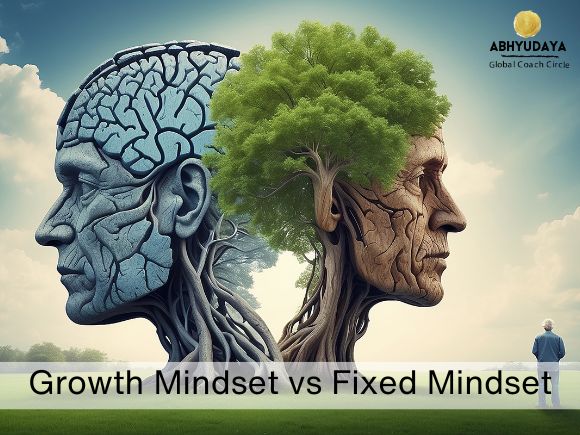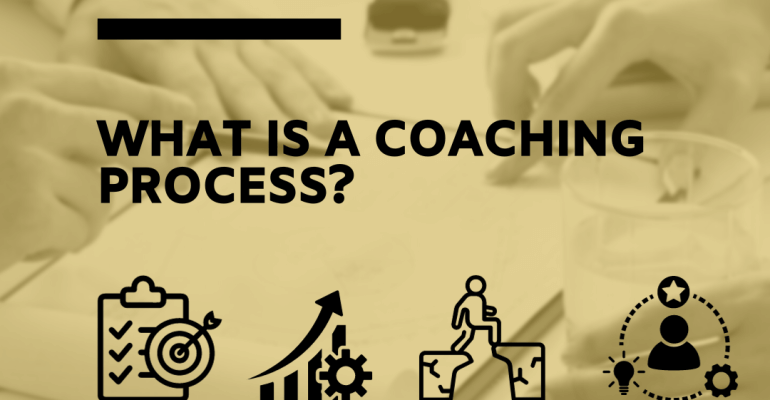Top Coaching Tools Every Leader Should Know in 2025
The workplace has changed. Leadership isn’t about control — it is about connection. It is about hearing, using potential, and guiding people to bloom in complex environments. Since you are leading a company, guiding individuals, or expanding your business, one thing is transparent: coaching tools give you an edge.
At Abhyudaya, we think of authorizing leaders from within. Coaching tools help you sharpen your thinking, grow self-awareness, ask better questions, and most importantly — help others rise.
In this blog,you will get to know the top coaching tools that every modern leader should use, how they work, when to use them, and how they align with Abhyudaya’s leadership approach.
What are coaching tools?
Training tools are frameworks, technology or exercises that help:
- Provide the facility to development -oriented calls
- Raise awareness and inspiration
- Improve communication and emotional intelligence
- Guided people against clarity, decision -making and action
They are not exclusive to certified coaches – they are powerful aids for everyone in management, HR, education or mentorship.
7 Proven Coaching Tools to Build Stronger Leaders
1. GROW Model – Goal-Oriented Coaching Framework
It’s a simple 4-step method to help someone move from idea to action.
Working method:
- G – Goal: Start by defining what they want. Be specific.
“What do you want to achieve by the end of this session?” - R – Reality: Explore the current situation.
“What’s happening now?” - O – Options: Brainstorm choices. Avoid jumping to solutions.
“What could you try?” - W – Will: Commit to an action.
“What will you do? By when?”
Purpose: It frames the discussion, keeps it concentrated, and builds title in the person being guided.
2. Powerful Questioning – Ask, Don’t Tell
Using indefinite, thought-provoking questions instead of giving advice.
Working method:
- Encourage reflection
- Help someone look deeper
- Open up possibilities
Examples:
- “What’s another way to look at this?”
- “What’s stopping you?”
- “What would victory look like to you?”
Purpose: It authorizes the other person to think and determine their own replies, which increases confidence and transparency.
3. Perceptual Positions – A Shift in Perspective
It’s a tool to help people see a situation from different points of view.
Working method:
- 1st position: “Your view” – How do you feel?
- 2nd position: “The others view” – What would they say?
- 3rd position: “Observer’s view” – What would a neutral person notice?
Purpose: It shapes empathy, reduces partiality, and helps in resolving disagreement calmly.
4. Recording & Reflection Prompts – Think in Ink
Writing thoughts and emotions to gain clarity.
Working method:
- “What drained or energized me today?”
- “What’s one thing I’m avoiding?”
- “How do I want to indicate the future?”
Purpose: Writing slows the mind, clears feelings, and helps you spot models in your thinking.
5. Johari Window – See Yourself More Clearly
A self-awareness model made of 4 parts:
- Open: What you and others know about you
- Blind: What others see but you don’t
- Hidden: What you know but hide
- Unknown: What no one sees yet
Working method:
Demand for sincere feedback. Share more about yourself. Consider how others see you.
Purpose: It builds faith and assists leaders become more genuine and aware.
6. Supportive Inquiry – Focus on Abilities
Instead of securing problems, it is about finding what’s running and building on it.
Working method:
- “What are we doing really well?”
- “What made that project succeed?”
- “How can we do more of that?”
Steps: Discover → Dream → Design → Deliver
Purpose: It boosts morale, creates energy, and drives progress by celebrating success.
7. Tiny Habits – Big Change Through Small Steps
Created by BJ Fogg, this method builds new habits by linking them to existing routines.
Working method:
- Anchor is the existing habit or routine you already do regularly.
- Behavior is the new tiny habit you want to build, added right after the anchor.
- Celebration is a small way to feel good or reward yourself immediately after doing the new habit, to reinforce it.
Example:
- After I brush my teeth → I will drink a glass of water → I will smile.
Purpose: Small, easy actions build confidence and consistency over time without stress.
How Abhyudaya Brings These Tools to Life
At Abhyudaya, we don’t just teach tools — we personalize them. Through coaching programs, leadership journeys, and immersive learning, we:
- Integrate tools into real workplace challenges
- Coach you to practice, not just learn
- Help you apply them to both self-growth and team empowerment
Whether you’re an executive, entrepreneur, HR leader, or emerging professional — these tools become part of your leadership language.
Conclusion: Coaching Tools That Unlock Potential
Leadership in 2025 is about more than hitting KPIs — it’s about connecting with people, cultivating growth, and creating space for others to shine. Coaching tools are your roadmap to this new, human-centric way of leading.
From reflective journaling to the GROW model, these tools:
- Create conferences more serious
- Create self analysis and emotional intelligence
- Guide action without force
- Create resilient, inspired teams
At Abhyudaya, we’re here to help you explore and apply these tools with depth and purpose.
Ready to coach from the inside out? Explore our programs or connect with a coach today.
FAQs; Coaching Tools for Leadership
What are the most powerful coaching tools for the first time leaders?
Begin with the GROW Standard, Strong Questions, and Small Habits. These tools are straightforward, effective, and easy to apply in daily team discussions.
Do I need to be a certified coach to use coaching equipment?
No. Coaching tools are useful for anyone in a management role. With training and remarks, you can use them to assist significant growth conversations.
Can these tools work in distant or hybrid workplaces?
Yes. Tools like Journaling, Feedback Models, and even the Johari Window work beautifully in virtual settings.
How do coaching tools improve employee performance?
They improve clarity, promote liability, increase motivation, and boost trust — all of which directly impact engagement and results.
Does Abhyudaya offer coaching tool training?
Yes. Abhyudaya offers coaching certifications, leadership development journeys, and tailored workshops where you learn, apply, and adopt coaching tools with expert guidance.








